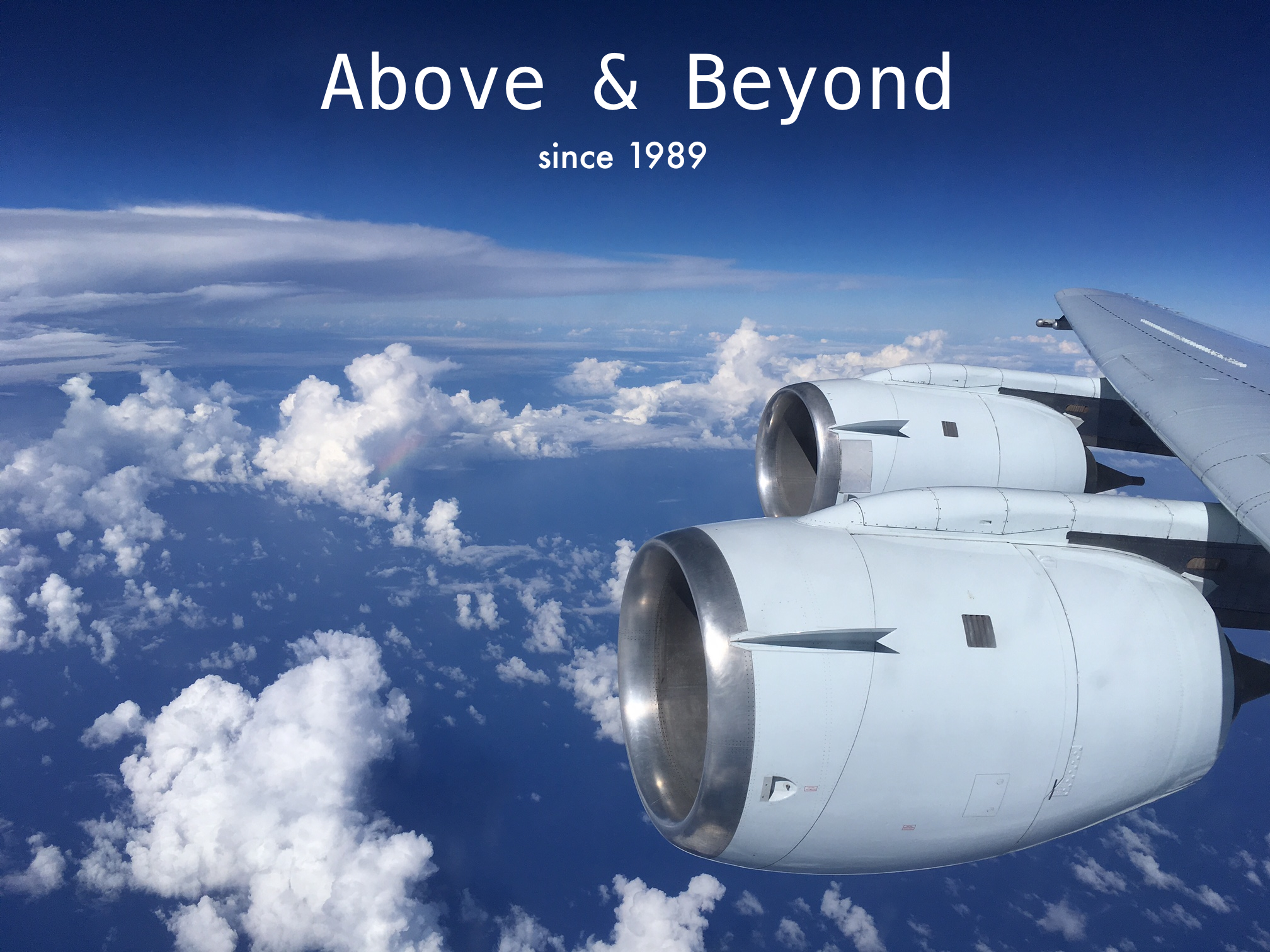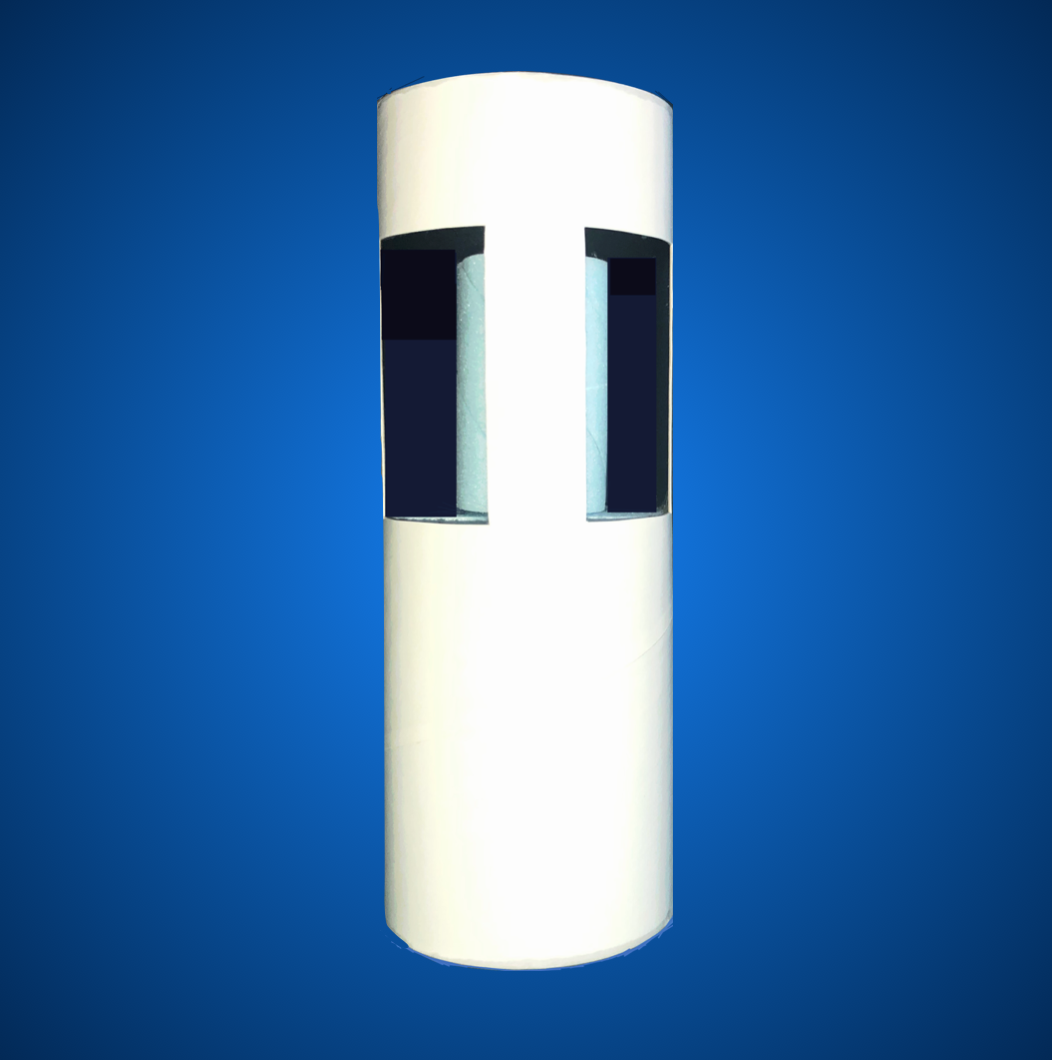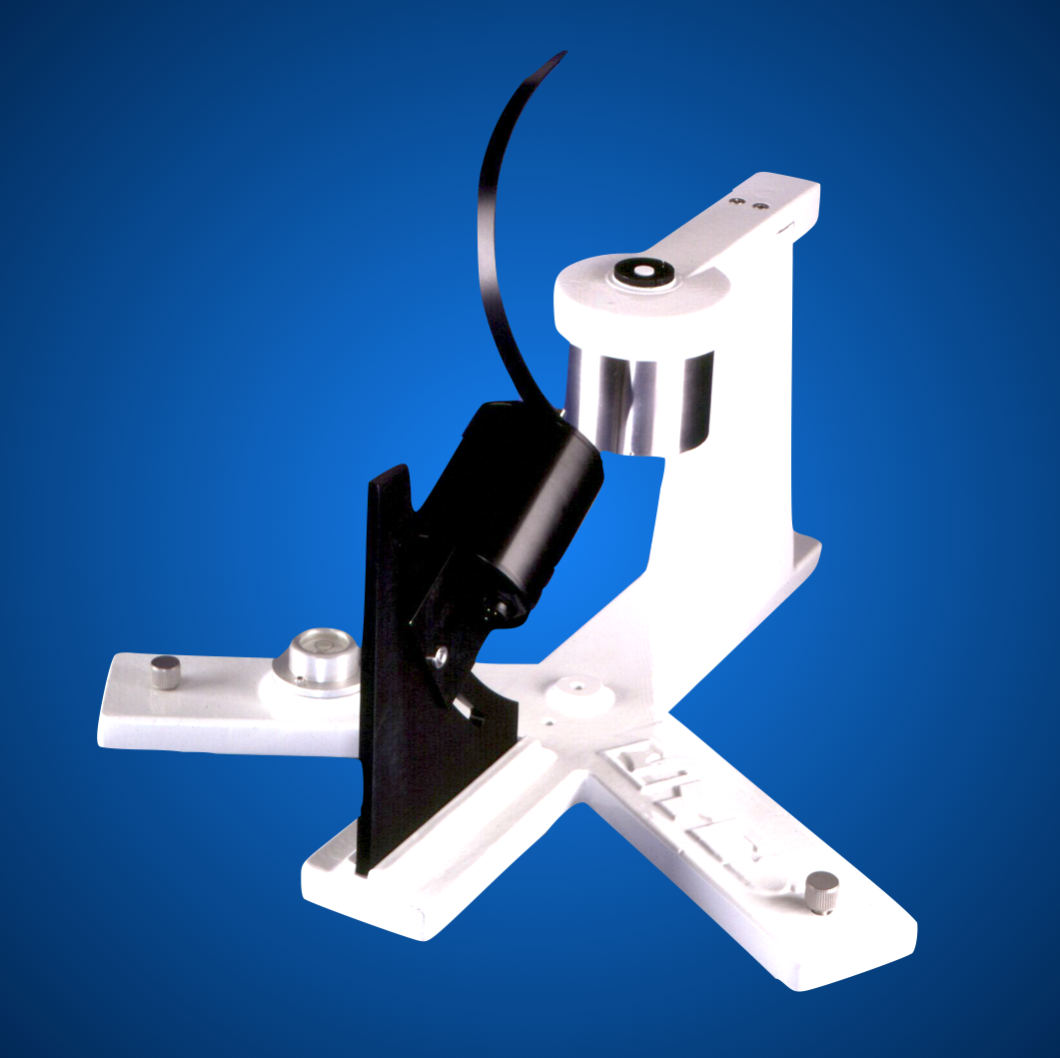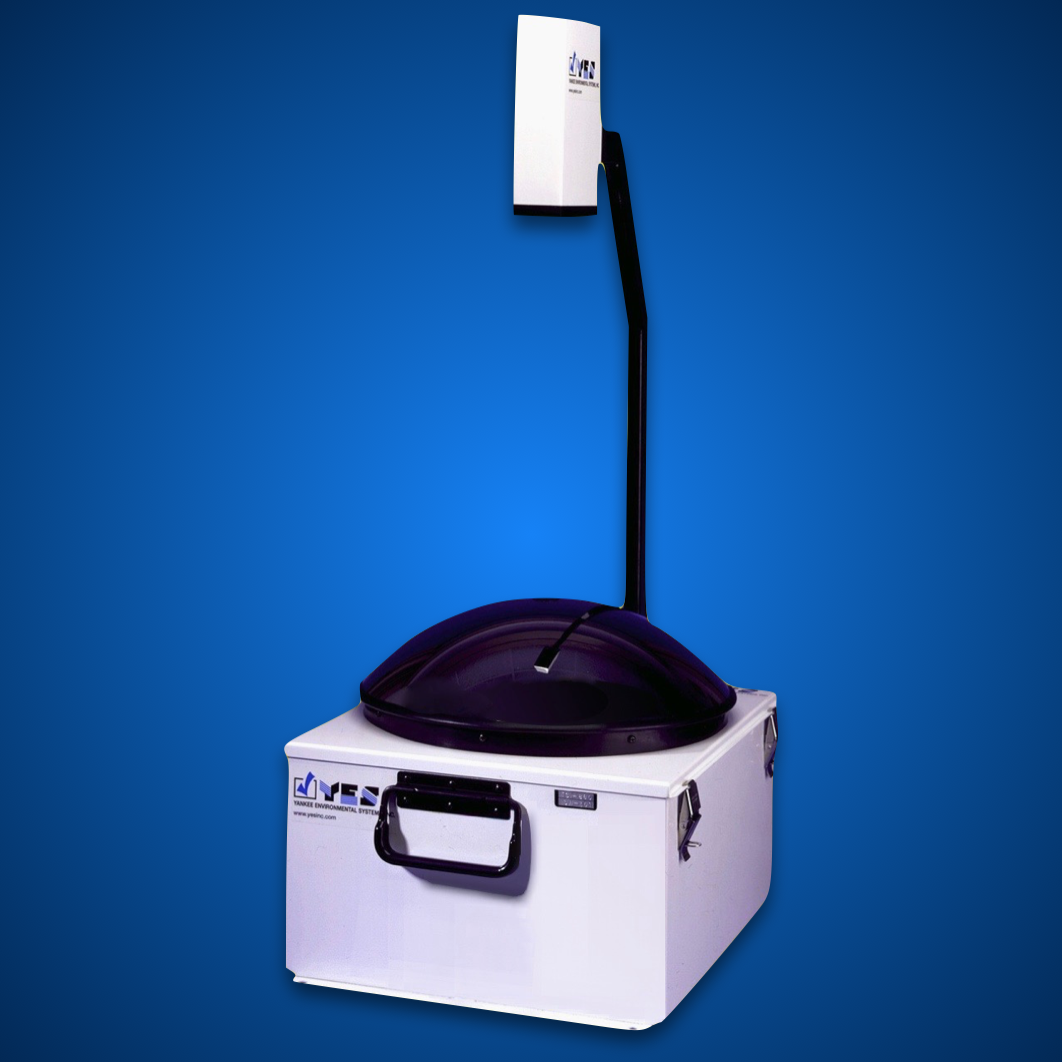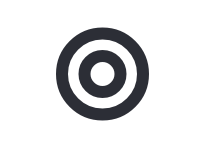SPUV Sun Photometer
| General Description
The SPUV is a precision sun photometer that measures direct solar spectral irradiance at up to ten discrete wavelengths in the UV-B and visible regions. The SPUV exceeds the WMO specifications for sun photometers and is the first commercial sun photometer to measure narrow bandwidths in the UV-B. For applications such as column ozone or atmospheric turbidity measurements, which require the measurement of discrete spectral lines in the solar spectrum, the SPUV offers the capabilities and accuracy of a scanning spectroradiometer but at a fraction of the cost and with less maintenance overhead. The SPUV is a rugged instrument designed for long-term operation in the field. It is environmentally sealed and desiccated. All temperature-sensitive elements are located in a thermally controlled enclosure, which provides freedom from the effects of changes in ambient temperature. Finally, each SPUV channel has its own calibrated detector; no moving filter wheel is necessary. Channel Configuration Options The SPUV is a versatile instrument that can be configured with six or ten channels at various wavelengths. Typical configurations include the WMO recommended wavelengths for atmospheric turbidity measurements (368, 500, 673, 778 and 870 nm) and ozone column measurements (300, 311.4 and 317.5 nm or 500, 615 and 673 nm). FWHM is 2 nm or 10 nm, depending on wavelength. The modular design of the SPUV allows individual channels to be added or removed while the instrument remains at the site. Applications Typical applications include
Principle of Operation The SPUV is normally used to measure the optical depth of an atmospheric constituent, for example ozone or aerosols. The principle of measurement is based on Beer's Law
where So and S are the solar spectral irradiances outside the atmosphere and at the Earth's surface respectively, λ is the wavelength, m is the air mass (normalized to unity for solar zenith angle of 0°) and δ(λ) is the total optical depth. The total optical depth can be written as a sum of optical depths of relevant atmospheric constituents. For example, when making measurements near 300 nm, δ(λ) can be written as
where δA, δoz and (p/po)δR are the aerosol, ozone and molecular (Rayleigh scattering) optical depths at an atmospheric pressure p (po = 1013.25 hPa). Column ozone amounts can be further obtained by:
Instrument Operation The SPUV is mounted on a user-supplied solar tracker and is maintained pointed directly at the sun. The flat universal mounting plate on the SPUV enables it to be attached to most trackers. State-of-the-art thin film interference filters permit only photons within a prescribed wavelength to reach a dedicated detector. Filtered, monochromatic light is detected by solid state photodiodes and the resulting photocurrents are amplified by highly sensitive, ultra low noise electronic circuitry. Analog outputs, one for each wavelength are proportional to incident spectral irradiance and are fully characterized by the factory. A YESDAS-2 data acquisition and control system digitizes each analog channel and YESDAS Manager software converts data into spectral irradiance calibrated in W/m2-nm and provides automatic optical depth determinations via Langley analysis. Note that unlike other sun photometers, each SPUV channel has a dedicated detector and amplifier - there is no mechanical "rotating filter wheel." All wavelengths are measured simultaneously which is a BSRN/WMO requirement. This design approach also makes the instrument highly reliable over its lifetime. Instrument Design The interference filters used in this instrument have exceptional long-term stability and out-of-band rejection properties. The filters and detectors are located in a thermally controlled enclosure and are held at a constant temperature so that they do not experience the thermal cycling due to day-night temperature variation. In addition, the design incorporates solar energy absorbing pre-filters on UV channels to minimize the amount of out-of-band energy that those filters are exposed to during operation. Specifications
|
|||||||||||||||||

